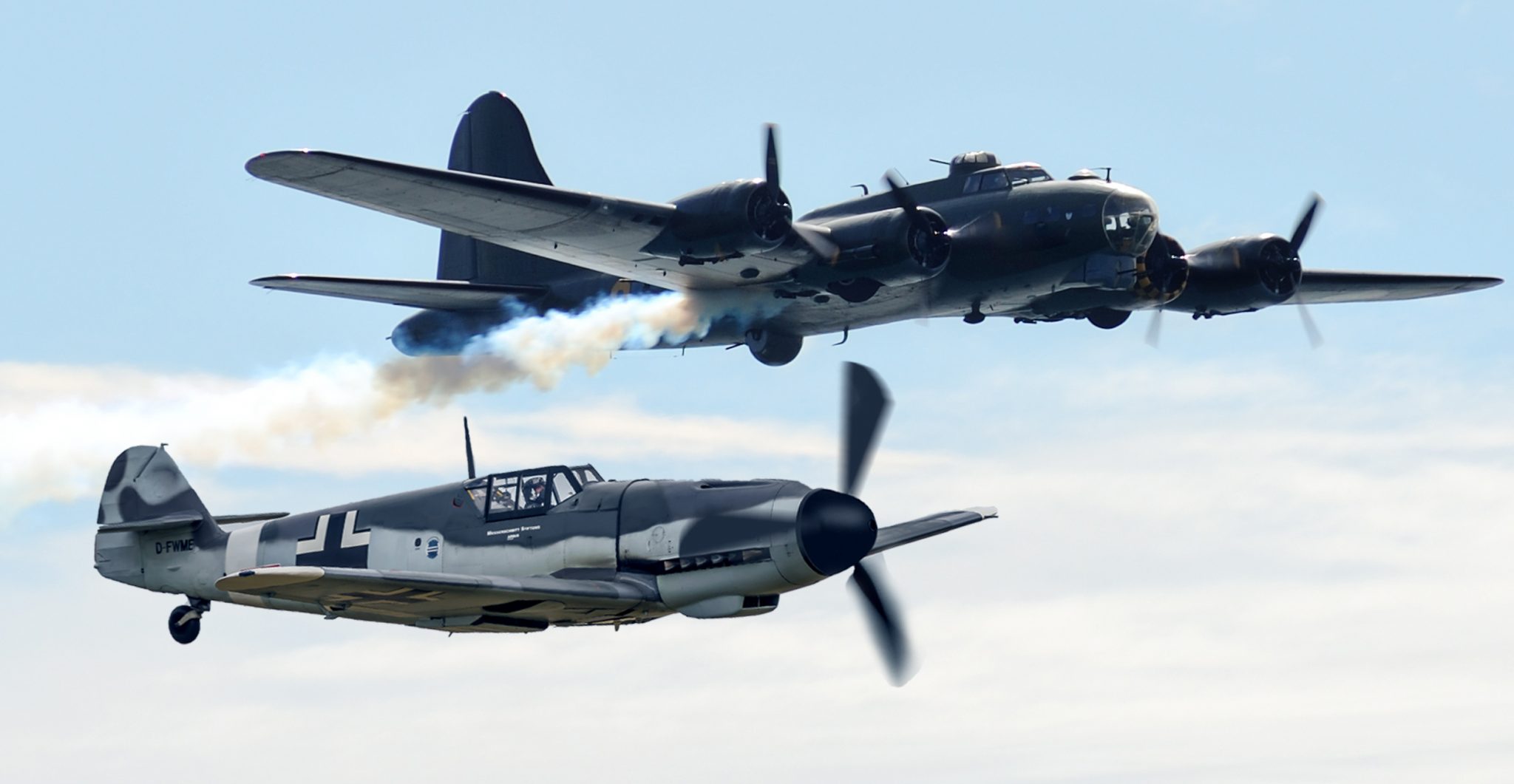Warfare does not bring out mankind’s best attributes. It is a bloody, gory business not known for random acts of kindness. If anything, conflict is infamous for deliberate acts of cruelty.
But the best leaders during wartime realize that their men need and deserve some respite from killing, like a Christmas truce. However tenuous a truce may be, and however brief, it gives enlisted men a moment to metaphorically and literally catch their breath. They can be humans first, soldiers second. But acts of kindness during the intense heat of battle are extraordinarily rare.
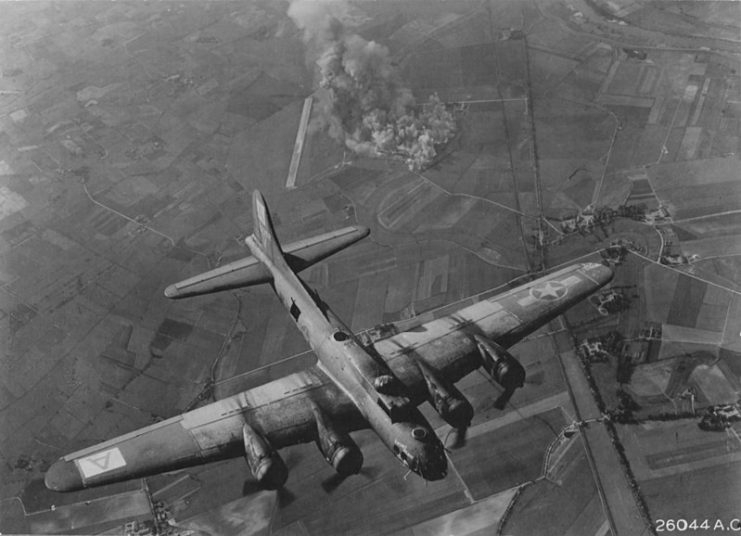
An example of such a rare act happened during a battle over Bremen, Northern Germany, during World War II. It involved a German pilot, Franz Stigler, whose action – or, rather, inaction – was responsible for saving a man’s life as well as earning himself a lifelong friend. Stigler chose the “high road” and didn’t kill that day, a choice that could easily have led to him being court marshaled, or worse, by his German superiors.
British pilot Charlie Brown was a Lieutenant on his first mission as commander over Bremen. His plane, a B-17 bomber nicknamed “Ye Olde Pub,” occupied the left position in the formation. This was known as the “Purple Heart Corner” because of its inherent vulnerability in battle.
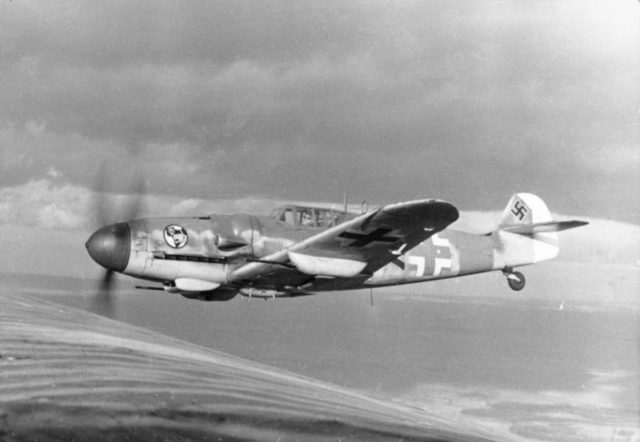
Bremen was well-defended, highly protected turf and Brown’s plane took an immediate hit when the skirmish in the skies began. Although others were able to fight off the German planes, Brown’s was badly damaged. His tail gunner was killed and everyone in the crew was injured.
The men had to get out of the battle zone or die trying. Brown lost consciousness due to his injury and his plane began a nosedive that, to the Germans, made it look as though the bomber would inevitably crash. Thankfully, for Brown and his crew, the enemy backed off.
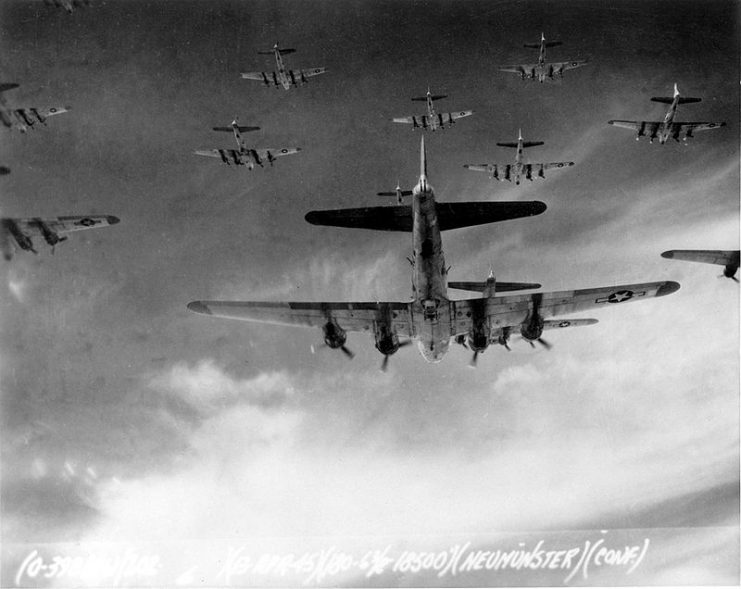
What happened next was a fundamental, non-verbal example of human communication that seems unbelievable under the circumstances. Stigler aligned his plane with Brown’s, and attempted to catch his eye as if to say, “land, or aim for Sweden.” But Brown was determined to make it home, which became clear to Stigler. And so, even though the consequences were potentially dire, Stigler escorted the bomber back to England, as far as he dared.
Once Stigler realized Brown was determined to make it home, he had two choices: blow him out of the sky, which his training had taught him to do, or help Brown get home, which his humanity urged him was the right course of action.
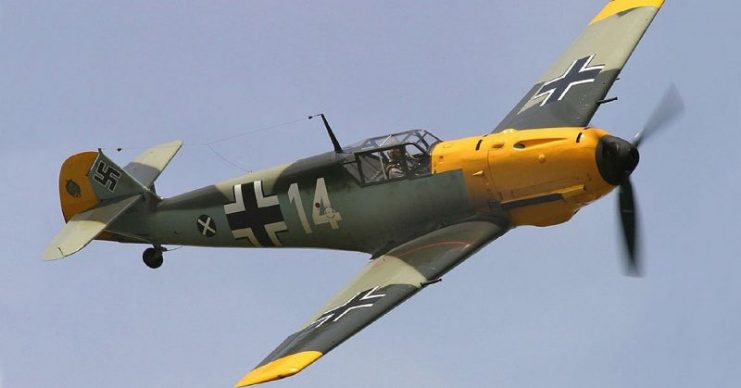
It’s hard to know whether the soldier in Stigler pressured him to choose the former option, but the humanitarian side of him chose the latter. Stigler never spoke of the incident again, at least not on the record, but his choice that day in December 1943 spoke volumes about his character.
There is a final, uplifting twist to this story: the tale of these two men has become a book, “A Higher Call” by Adam Makos. The New York Times called it, “A beautiful story of a brotherhood between enemies.”
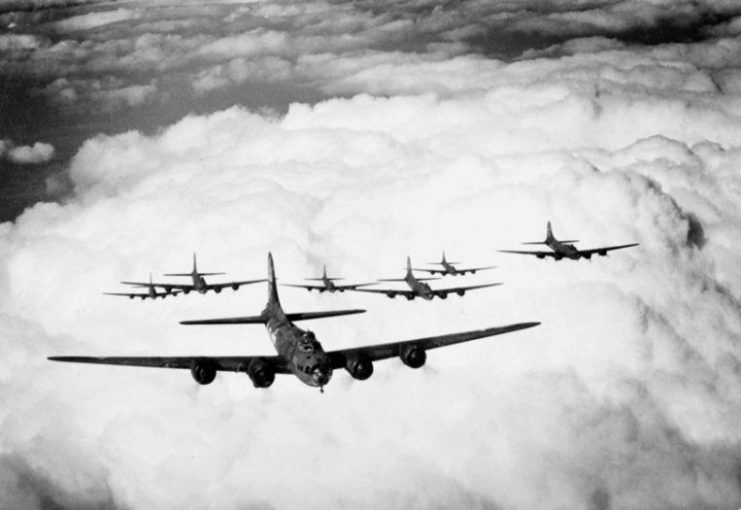
The book explains how and why Brown, fuzzy memory notwithstanding, decided to seek out the man who spared and saved his life that day. After searching through German newsletters and other media, Brown was led to a contact in Canada. They had a lengthy telephone call that convinced Brown that the man on the other end of the line had indeed once been his enemy and savior. They met and have been good friends ever since.
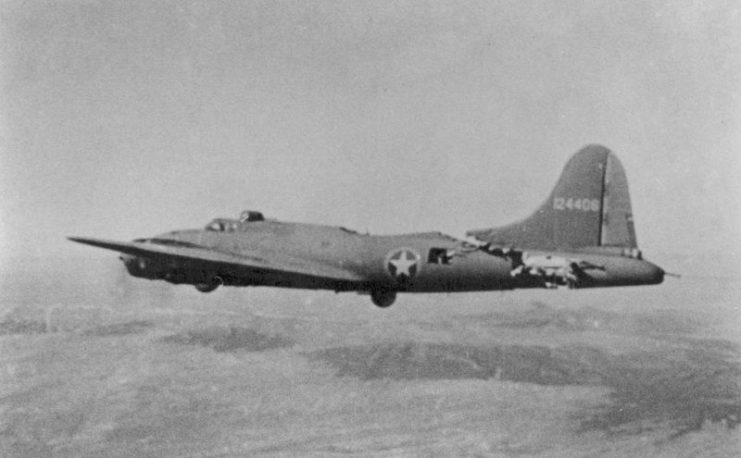
Read another story from us: A P-47 in WWII Italy and the Pilot’s Story Finally Told
The vagaries of conflict dictate that men who do not know one another must try to kill each other: that is the bald truth of any war. But the story of these two men demonstrates that it is possible, on rare occasions, for a shared humanity to win. When that happens, both sides are victorious.
